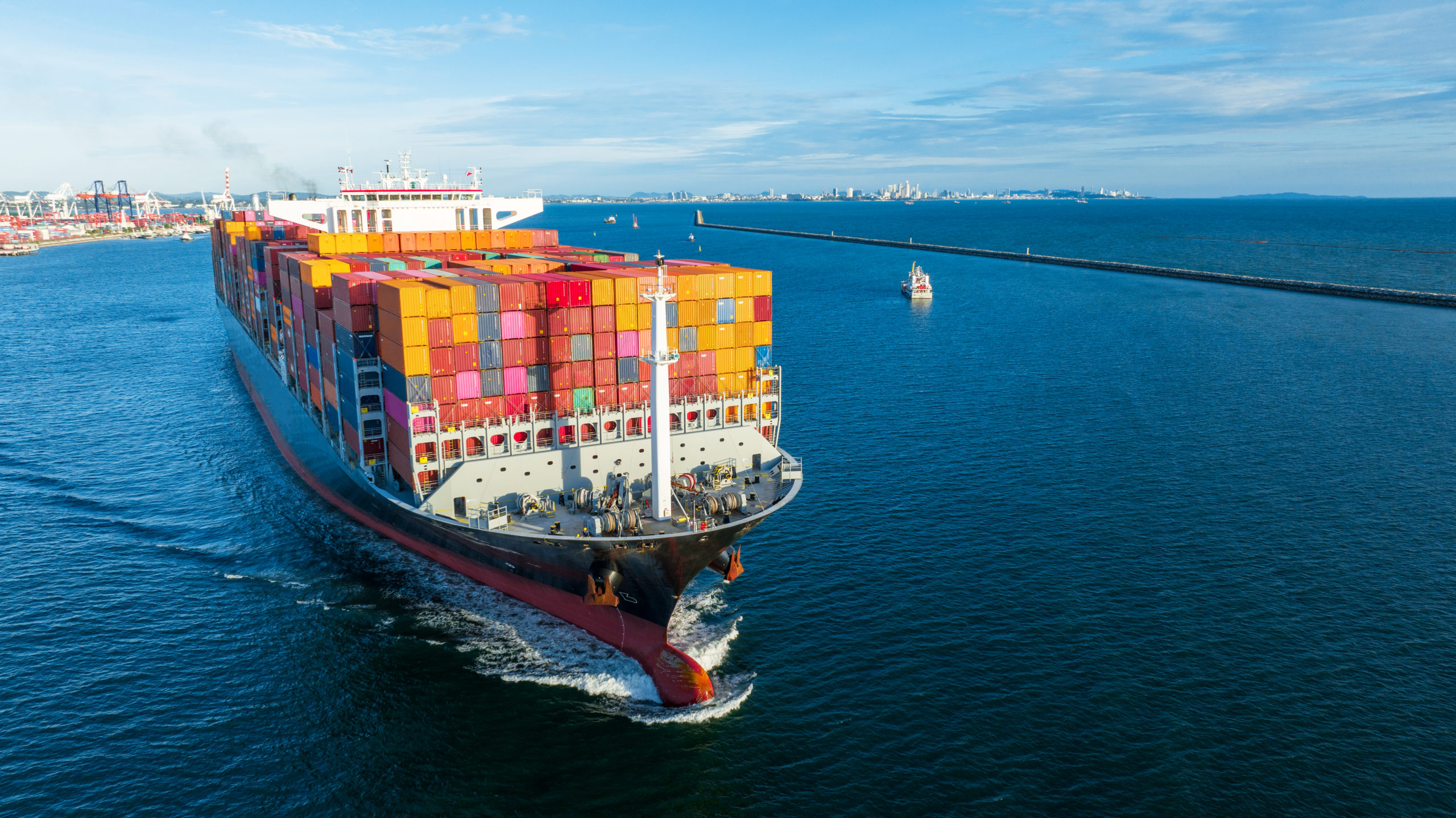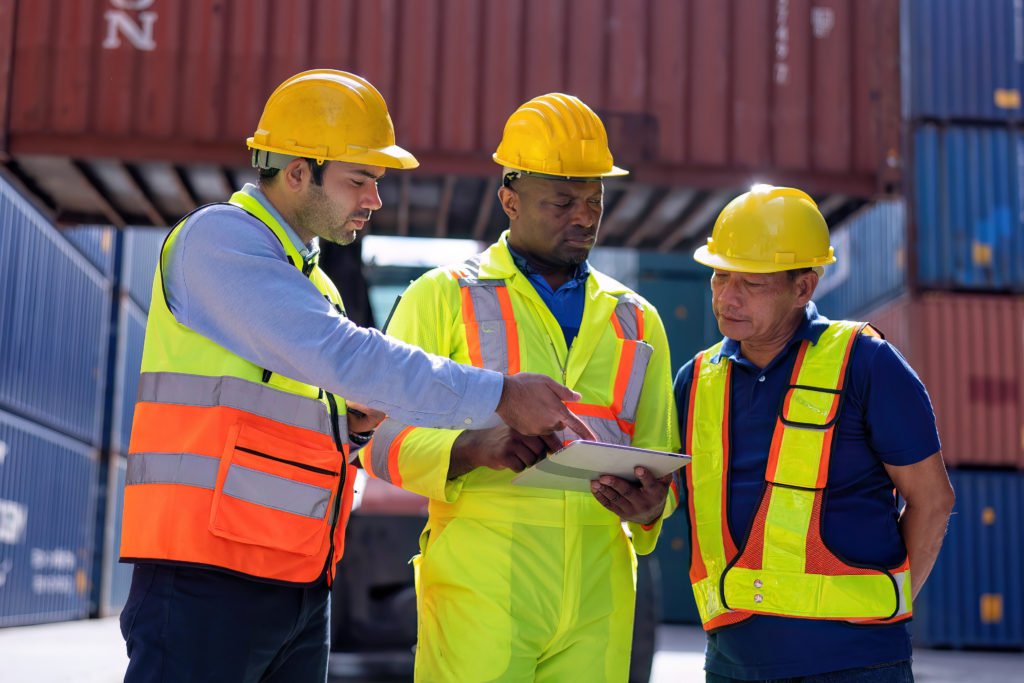
Rail and marine terminals are vital to the global supply chain, facilitating the seamless movement of goods and products around the world. Recent years have not been easy for terminal operators. Many have struggled to weather the proverbial storm because of mounting logistical and operational challenges—not the least of which was a global shipping crisis—and a rapidly changing landscape.
But what challenges remain ahead? And how can terminals stay competitive in 2023?
Below are some ways to create a more efficient, resilient, and sustainable future for global trade.
Challenges for Terminals
The current issues terminals and port complexes face have been a long time coming.
In 2015, the Federal Maritime Commission started sounding the alarm, warning of issues with disinvestment, lack of chassis availability, truck clogs entering and exiting the ports, and so on.
Naturally, the global COVID-19 pandemic exacerbated the underlying fundamental problems throughout the supply chain, putting extra stress on many terminals.
While some of these structural challenges have been addressed, others remain a pressing concern, including:
- Adjusting to mega-sized vessels – Terminals have been forced to adapt infrastructure and processes to handle larger container ships.
- Handling peak workloads – Terminals go through periods of intense activity followed by periods of inactivity. As a result, they struggle to process high volumes of containers efficiently in a short period of time.
- Aging infrastructure – Many rail and marine terminals are dealing with aging infrastructure, which can lead to inefficiencies, increased maintenance costs, and potential safety concerns.
- Overstrained hinterland connections – Bottlenecks frequently occur in connections between the terminal and the hinterland due to common inefficiencies within terminal logistics like traffic congestion, truck trip coordination, and customs clearance, causing delays and impacting overall efficiency.
- Environmental regulations – Similarly, the industry faces mounting scrutiny and pressure to become more sustainable. To adapt to these regulations, terminals will likely have to make significant investments in new technologies, equipment, and infrastructure.
- Backlogs – Both ports and terminals have dealt with frequent congestion, which can impact the timely delivery of goods, cause further delays and disruptions, and lead to increased costs for all parties involved.
How Terminals Can Stay Competitive
In light of these pressing issues and global consumer trends, rail and marine terminals must adapt. Here are five key strategies that will enable terminals to stay competitive in 2023, even as the industry undergoes rapid change.

#1 Embrace Technological Advancements
The industry is undergoing a standardization process. For example, The Maritime Transportation Data Initiative is the current effort by the Federal Maritime Commission (FMC) to create better data communication and management processes throughout the shipping industry. This initiative and the creation of common data standards are significant to OSRA’s broader effort to prevent the recurrence of recent supply chain disruptions.
Staying up to date with technology is essential for terminals that want to maintain a competitive edge, especially as these tools become further integrated into everyday processes. Novel technologies can have a massive impact on terminal planning and operational efficiency and provide terminals with the ability to manage ongoing regulation requirements.
#2 Maximizing Return on Investment (ROI)
To stay competitive, terminals must discover ways to improve efficiency and maximize ROI. Doing so will involve key efforts like improving operational efficiency, cost management, and revenue optimization.
While specific strategies may cater to each terminal’s unique operational hurdles, broadly speaking, you’ll need to rely on data to improve ROI.
In the digital age of shipping, data analytics plays an integral role in operations. Powerful software can transform troves of data into actionable insights that terminals use to:
- Streamline processes
- Ensure effective resource allocation
- Drive decision making
- Improve offloading and onloading
- Set proactive maintenance schedules
According to a survey conducted by McKinsky, respondents are turning to automation to improve ROI. The report notes, “Automation is expected to cut operating expenses by 25 to 55 percent and to raise productivity by 10 to 35 percent, in line with our estimates of what might be possible.”
#3 Customer Service Excellence
Customer service is complex within terminal operations. There are various competing interests terminals must effectively manage and serve to succeed, including:
- Freight and shipping lines
- Freight and cargo owners and shippers
- Freight forwarders and logistics providers
- Customs and regulatory authorities
- Professional truck drivers
Here, providing high-quality customer service requires terminals to meet or exceed the expectations of these key stakeholders—typically by consistently offering efficient and reliable services while building strong relationships.
How can you promote customer service excellence in this regard?
First, all employees must embrace a customer-first ethos. Once that cultural component is there, terminals can implement personalized strategies tailored to specific customer needs. Needs could include plans designed to minimize delays, streamline processes, ensure terminal safety, and facilitate communication. Taking these actions will improve your reputation, making it easier to retain existing customers and acquire new ones.
#4 Optimizing Decision-Making
Running a terminal is a balancing act. Terminal operators are bombarded with complex scenarios and decisions that require fast thinking and wise judgment. Even a small misstep can result in costly delays.
At any given moment, they may need to make a snap decision about berth allocation, yard planning, resource allocation, scheduling, sequencing, handling exceptions, or disruption. In today’s digital industry, operators need to be able to process large amounts of information.
Technology can play an essential role in providing real-time data analysis, predictive analytics, and scenario modeling to help terminal operators anticipate challenges, identify opportunities, and make strategic adjustments that maximize operational efficiency and profitability.
#5 Future-proofing Strategies
To stay competitive over the long haul in such a dynamic industry, terminals must practice long-term, big-picture planning and future-proofing. This involves anticipating and proactively preparing for changes in technology, regulations, and market conditions.
For instance, some future-proofing strategies you might deploy include:
- Investing in innovation
- Upskilling your workforce
- Embracing sustainable practices
By fostering a culture of adaptability and resilience, terminals can weather any storms that might come their way.
Terminal Operating Systems Are the Answer
In today’s competitive landscape, staying ahead requires embracing data-driven terminal operating systems that utilize cutting-edge technologies. Tideworks offers Mainsail for marine terminals and Intermodal Pro for rail terminals, both designed to revolutionize and modernize terminal operations.
Trusted by terminals worldwide, Tideworks Technology is a leader in TOS solutions, empowering terminals to optimize operations and stay competitive in 2023 and beyond.
To learn more about leveraging Tideworks terminal operating systems for your terminal, schedule a consultation today.
